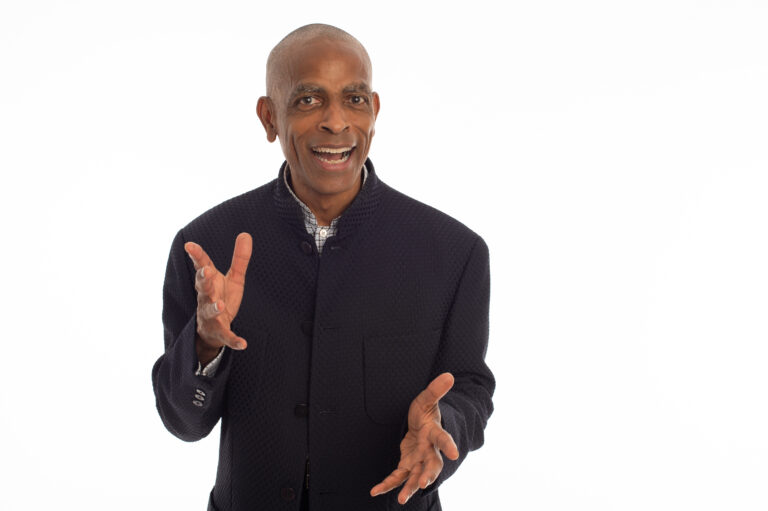Relationship building is a skill I love to support my clients in developing for two reasons. One, I get great pleasure in the nuance involved in the process itself. To experience the growth and development of a relationship is similar to watching performance art take shape. Two, when I discover I’m failing at building a particular relationship, I learn so much more about how to improve my approach, change the frame around how I will build new relationships, and most importantly, grow from the art of apology.
Sometimes we suck at doing certain things well. Those are the moments I most easily realize I am having a breakdown just before the breakthrough! It’s the latter that makes the former worth making the effort as I’ve experienced many times. I think it is my tenure in figure skating that taught me the value of repetition. While I’m not a sculptor, I think of relationships as something to hone and shape with my heart and mind and through my skills as a communicator.
It’s all about developing people. Sometimes those people are friends and family while other times it’s the cashier at my local grocery store who cried boohoo about working on her birthday. I had a little extra time on my hands that day. So I went to a local coffee shop, got a gift card, and picked up a birthday card at the local drug store. I wrote a short note of appreciation, put the gift card inside the greeting card, returned to the grocery store later in the day to present the token of acknowledgement to the cashier. Just to see her smile and light up at the thought was worth the effort I put forth. Going forward, she recognized me and spoke beyond the usual pleasantries while most of us limit our focus to getting done and getting out. The greatest part of the effort is experiencing how I grew in that situation. That is where the magic begins.
That magic extends in how such moments prepare us to show up more effectively in others. Over time, I’ve learned to take advantage of the reality of one mouth and two ears to invest more in listening rather than broadcasting. It’s in the listening that the precious jewels and pearls of significant information spill forth to fill your treasure chest of what I call the “connective tissue” that leads to building solid relationships.
Take the Leadership Styles Quiz and learn how you can develop stronger relationships with others.









